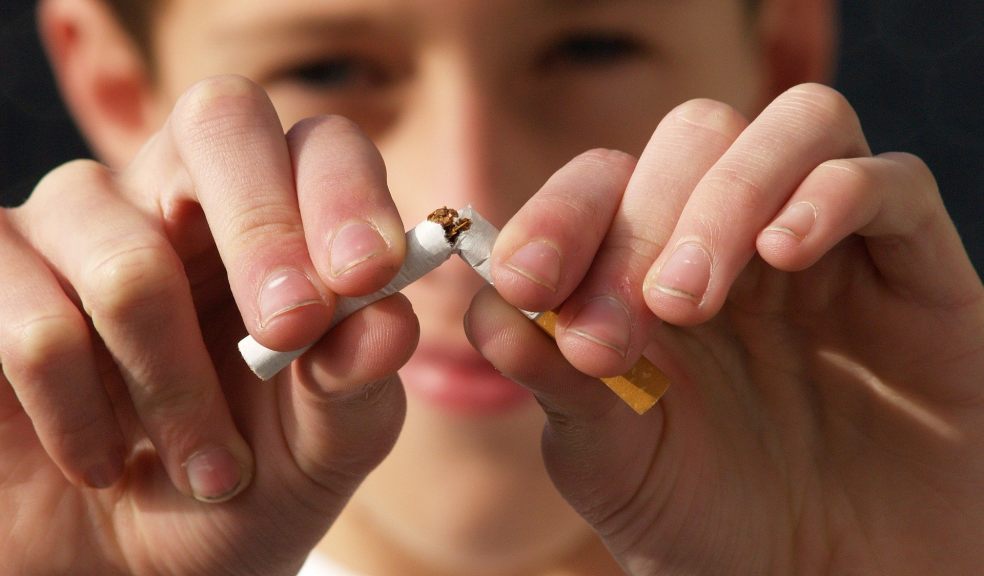
The five steps to addiction recovery
Quitting or wanting to quit an addictive behaviour may at first seem like a one stage event - you just need to stop.
In reality, successful recovery from any addictive behaviour, whether it be smoking, drinking, taking drugs or even biting your nails, is a stepped approach.
Even those who have a deep belief in the willpower and stoicism will have to move through the stages.
Most people will find themselves flitting back and forth between different steps before finally reaching their goal of quitting and different people will spend different amounts of time on each step.
One attempt to recognise and summarise this process comes in the stages of change model developed by Prochaska & DiClemente - a useful tool that can help you to see where you or a loved one may be on the curve of recovery.
The five stages of change
1. Precontemplation
At this stage, people are not really focused on change or recovery and are more likely to defend, legitimise or make excuses for their behaviour. They may not yet recognise they have a problem and are happy to continue what they’re doing, feeling the benefits outweigh the costs.
2. Contemplation
This is the point when quitting starts to become a prospect in someone’s mind but they are not yet really committed to doing so. They may be starting to notice the downsides of their behaviour financially, socially, mentally or physically. It may be a time when tools such as drinkaware’s alcohol unit and calorie counter start to catch their eye. Likewise the NHS Smokefree cost calculator or information sheets on addiction, impacts and effects of drugs.
3. Preparation
This is the point at which there is a change in thinking and belief systems so that the person begins to see the negatives of their behaviour as outweighing the positives. They may have taken some small steps toward trying to stop or reduce their addictive behaviour and have started to see that change is necessary.
If the issue is drinking, this is the stage that cutting down may be in the offing. They may try something like Dry January or the associated app to reduce or have a break from drinking or sought tips on cutting down. Products such as e-cigarettes or quit smoking products could be implemented.
4. Action
This is a stage of both risk and hope. It is the point when someone is committed to the idea of wanting to change and is taking active steps towards doing so. As it is the time of concerted effort it also means the person is exposed to the risk of failure, disappointment and relapse.
This stage may involve lots of different methods and techniques and various setbacks. Someone who is suffering a very serious addiction will need lots of support at this stage. Many people try to break addiction with help from a GP or Alcoholics Anonymous or Narcotics Anonymous groups and this can be hugely successful. For others, it doesn’t work and that can be the time to seek more intensive support such as residential rehab - the most effective means of recovery.
5. Maintenance
This phase is the goal for anyone in recovery. It is the point at which the focus has shifted from trying to control the addiction to trying to continue the good work, keep temptation at bay and build on coping techniques. Maintenance can last a lifetime for those who feel abstinence is the proper route for them to continue their recovery, but need not be a chore. Often those in this phase take daily enjoyment from knowing what they have left behind and the joy of what has replaced their addictions.














